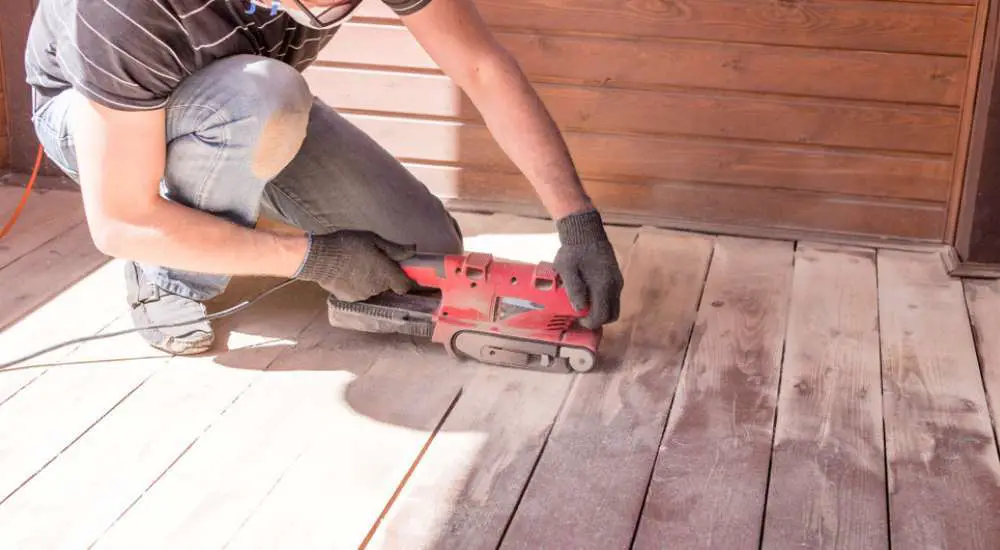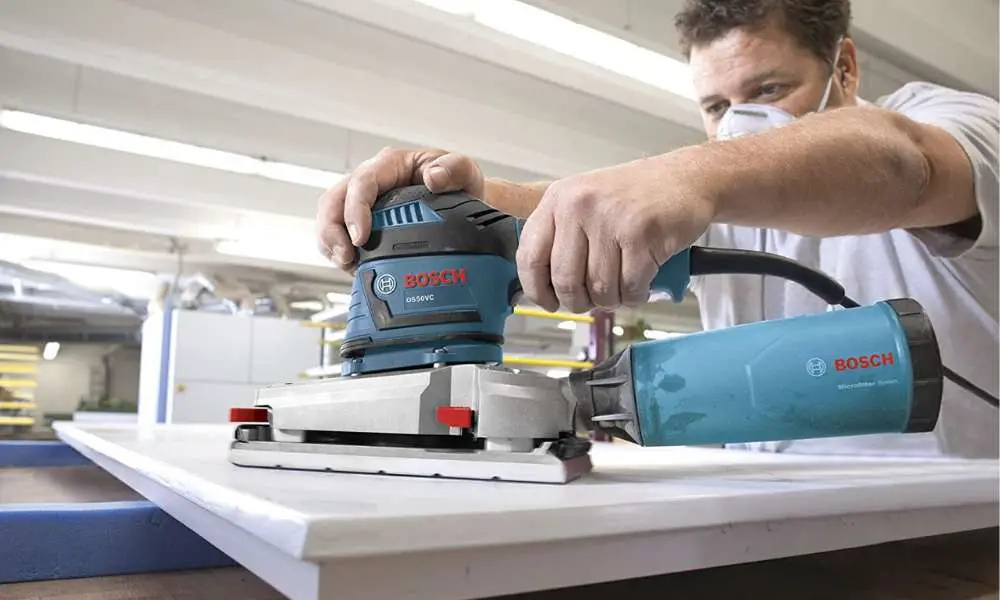Contents
- 1 Challenges of Remodeling a Basement with Low Ceilings
- 2 Key Takeaway:
- 3 Designing a Low Ceiling Basement
- 4 Compliance and Safety Requirements
- 5 Five Facts About How to Refinish a Basement with Low Ceilings:
- 6 FAQs about How To Refinish A Basement With Low Ceilings
- 6.1 How can I make my low-ceiling basement feel more spacious?
- 6.2 What are the drawbacks of a low basement ceiling?
- 6.3 What are some design ideas for a basement with low ceilings?
- 6.4 What are the code requirements for basement ceiling height in my area?
- 6.5 What should I do if my basement ceiling height doesn’t meet code requirements?
- 6.6 Is there anything else I should consider before refinishing my low-ceiling basement?
Challenges of Remodeling a Basement with Low Ceilings
Remodeling a basement with low ceilings can be tricky, requiring careful planning and execution to ensure that you get the most out of your space. In this section, we’ll explore some of the common challenges faced by homeowners with low ceiling heights, taking into account trends in home construction over the past few decades. We’ll look at the specific challenges posed by low ceilings, including limited storage, poor lighting, and reduced livable space, and discuss how to overcome these challenges to create a comfortable, functional living space.
Key Takeaway:
- Remodeling a basement with low ceilings can pose challenges: Homeowners with low ceiling heights may face common challenges such as inadequate storage, low lighting, and limited livable space. Careful planning and design can help to tackle these challenges.
- Designing a low-ceiling basement requires creative solutions: Tips and tricks such as using furniture and decor that maximizes space, and using interior design tricks to make the most of the space can help to create a livable and comfortable basement space. Additionally, ideas such as using corrugated metal ceiling tiles and painted paneling can create a stylish and unique look for the basement.
- Compliance and safety requirements should be considered: State code requirements for basement ceiling height should be followed, and consulting with a remodeling partner can help ensure compliance. In older homes with low ceilings, potential exposure to hazardous materials should also be kept in mind during remodels.
Common challenges faced by homeowners with low ceiling heights
Homeowners with low ceilings often have challenges renovating their basements. Inadequate storage, low lighting, and limited livable space are common issues. Homes built in the 1990s and beyond usually have low ceilings.
Tips and tricks are needed when remodeling a basement with low ceilings. Furniture, décor, and interior design ideas can help maximize space. Corrugated metal ceiling tiles or painted paneling can give a modern, chic look.
Safety and compliance during renovations must be prioritized. It’s important to follow state code requirements for basement ceiling height. A professional remodeling partner should be consulted throughout the process. Older homes may have hazardous materials such as asbestos or lead paint in walls, floors, or ceilings.
Pro Tip: Safety regulations and potential hazards must be considered when remodeling a low-ceiling basement. Extra precautions should be taken in older homes. Who knew living in a hobbit hole could be a reality in homes built in the ’90s and beyond?
Low ceilings in homes built in the 1990s and beyond
Remodeling a basement is an exciting task. But, homeowners with low ceilings may face challenges. Homes built from the 90s and later often have lower ceilings than older homes. This limits design options and space utilization. It can be hard to get adequate lighting, storage, and livable space.
No need to worry! There are tricks to make the most of a low-ceiling basement. Furniture, decorations, and interior design can help maximize space without compromising comfort. Corrugated metal ceiling tiles or painted paneling are great for low basement ceiling designs.
Check state code requirements for basement ceiling height. Consult a professional for help with compliance and regulations. Consider potential exposure to hazardous materials when dealing with older homes with low ceilings. Before 1980, asbestos was often used in insulation. This poses health risks if disturbed during renovations.
These tips and guidelines will help you remodel your low-ceiling basement – while keeping your health and safety in mind!
Challenges posed by low ceilings, such as inadequate storage, low lighting, and limited livable space
Remodeling a basement with low ceilings offers a few challenges for homeowners. Low height affects the functionality of the area, making it hard to have a comfy, functional living space. Storage is one issue, as low ceilings stop the installation of cabinets and shelves. Stacking items can also be tough. Plus, low lighting can create another issue. It’s hard to fit sufficient lighting fixtures that give brightness and visibility. This can affect basement safety if emergency exits are needed. Also, limited livable space limits furniture placement, making it difficult to make a cozy area.
Compliance and safety must be taken into account when remodeling basements with lower ceilings than industry standards. State code requires particular minimum heights for safety, such as electrical wiring or ensuring safe passage in an emergency exit through the ceiling door. It’s best to consult a qualified remodeling partner to make sure code compliance and unique safety needs are considered, especially for older homes. Exposure to hazardous materials must also be thought of due to health risks.
Keeping these challenges in mind, homeowners can think creatively to maximize space and style during their remodel.
Designing a Low Ceiling Basement
Designing a low-ceiling basement requires creativity and strategic planning to make the most of the space. In this section, we will explore tips and tricks for remodeling a low-ceiling basement, as well as using furniture, decor, and interior design tricks to enhance the area. Additionally, we will investigate various ideas for low basement ceiling design, such as using corrugated metal ceiling tiles and painted paneling to maximize the visual appeal of the space.
Tips and tricks for remodeling a low-ceiling basement
Remodeling a basement with low ceilings can be tough. But, there are tips to make it easier! Lights like pot lights or recessed lighting provide extra light without taking up too much space. Choose furniture that maximizes your floor space. Low-profile pieces help to avoid making the ceiling height very noticeable. Mirrors help to make the room look bigger by reflecting light and space. Paint color schemes that draw attention away from the ceiling line create optical illusions.
Remember to follow safety requirements for ceiling height and consult with a remodeling partner. These tricks can make remodeling a low-ceiling basement easier.
Using furniture, decor, and interior design tricks to make the most of the space
Designing and decorating a basement with low ceilings can be tricky. But there are ways to make it work! Use furniture that’s the right size, and choose lighter colors for walls and ceilings. Mirrors can reflect light, creating the illusion of more space. Add rugs, curtains, and throw pillows for texture. Good lighting is essential too.
When it comes to materials, corrugated metal ceiling tiles are a great option; they’re thin and add an industrial feel. Painted wood paneling is another one, and it looks great without taking up lots of space.
Safety is important when remodeling a basement. Pre-1950 homes may have lead paint or asbestos in walls or ceilings. Get expert advice before starting any project. Especially when it comes to older homes with low ceilings. This will make sure you meet state code requirements for ceiling height.
With the right furniture, decor, and design, a low-ceiling basement can be transformed!
Ideas for low basement ceiling design, including using corrugated metal ceiling tiles and painted paneling
Remodeling a basement with low ceilings presents challenges. Storage, living space, and lighting can be limited. However, there are creative solutions. Consider corrugated metal tiles for an industrial look and acoustic insulation. Painted paneling can make the ceiling appear higher and more spacious. Mirrors and recessed lighting can reflect light, making the room brighter.
Safety and code requirements must be taken into account. Older homes may have hazardous materials to be aware of. Consult a professional remodeling partner to ensure compliance.
Compliance and Safety Requirements
Renovating the basement can be a daunting task, but it can add significant value to your home. However, it is crucial to consider the compliance and safety requirements before embarking on this project. This section will cover the state code requirements for basement ceiling height and potential exposure to hazardous materials in older homes with low ceilings. Additionally, we will discuss why consulting with a remodeling partner to ensure compliance is necessary to minimize risks.
State code requirements for basement ceiling height
Be sure to check the minimum ceiling heights in each state for compliance with state code requirements. We have provided a table below for your convenience:
| State | Minimum Ceiling Height |
|---|---|
| Alabama | 7 ft 0 in |
| Alaska | 7 ft 6 in |
| Arizona | 7ft 6in -8ft |
| Arkansas | 7 ft 0 in |
| California | 7 ft 0 in-7ft 6in |
| Colorado. | 7ft 0in |
Consulting a professional remodeling partner is an excellent way to make sure you are meeting all state code requirements. It is important to keep in mind that some older homes may contain hazardous materials such as asbestos or lead-based paint. Therefore, it is essential to take all necessary precautions during the renovation process.
For peace of mind, consult a remodeling partner to help you comply with state code requirements and secure the safety of your family.
Consulting with a remodeling partner to ensure compliance
Compliance with state regulations is essential when remodeling a basement with low ceilings. Consulting a professional is the best way to meet all the requirements and avoid legal issues.
The codes for basement ceiling height can vary by location. This can include headroom clearance measurements, based on the intended use. A knowledgeable remodeling partner should have up-to-date information on local laws and regulations. This will help guide homeowners through any complex regulations.
It’s important to keep potential exposure to hazardous materials in mind during remodels in older homes with low ceilings. Such as asbestos, lead paint, or mold. These require professional assessment and handling to prevent health risks. Ensure safe remediation protocol is followed. Consult with a remodeling partner for compliance and contact an experienced contractor for safety.
Potential exposure to hazardous materials in older homes with low ceilings should be kept in mind during remodels
When planning a basement remodel with low ceilings in an older home, it’s important to consider hazardous materials. Asbestos and lead-based paint were used in homes built before 1980 and can cause serious health risks. Disturbing these materials releases dangerous fibers and particles into the air, which can be inhaled.
To stay safe, homeowners should check state code requirements for basement ceiling height. Experience remodeling partners should be consulted for guidance on handling hazardous materials. Covering or sealing these materials reduces exposure.
To avoid unsafe situations, protective gear like gloves and dust masks should be worn while working. This helps make remodeling safer for homeowners and contractors.
Five Facts About How to Refinish a Basement with Low Ceilings:
- ✅ Low ceiling heights are a common challenge faced by homeowners when finishing their basements. (Source: smartremodelingllc.com)
- ✅ Designing a basement with low ceilings can be challenging as the room may look small and uncomfortable. (Source: smartremodelingllc.com)
- ✅ Tips and tricks for remodeling a low-ceiling basement include choosing perfect wall decor, hanging pictures higher on the walls, opting for compact furniture, using vertical art and horizontal decor. (Source: smartremodelingllc.com)
- ✅ Ideas for low basement ceiling design include using corrugated metal ceiling tiles, painted paneling, and taking advantage of natural light. (Source: homeworxiowa.com)
- ✅ Each state has individual code requirements for basement ceiling height, so it is important to consult with a remodeling partner to inspect the space and ensure compliance. (Source: fbcremodel.com)
FAQs about How To Refinish A Basement With Low Ceilings
How can I make my low-ceiling basement feel more spacious?
Designing a basement with a low ceiling can be challenging, but there are ways to make the room feel more spacious and comfortable. Some pro tips to keep in mind include choosing the right wall decor, hanging pictures higher on the walls, opting for compact furniture, and using vertical art and horizontal decor to draw the eye upward.
Pro tip takeaway: By tricking the eye with a little bit of creativity, you can significantly transform the feel and appearance of the space.
Photo source: https://www.smartremodelingllc.com/blog/basement-remodels-with-low-ceilings
What are the drawbacks of a low basement ceiling?
Low ceilings can pose several challenges, including inadequate storage space, poor lighting, and limited livable space. Additionally, they may not meet certain code requirements for minimum ceiling height in some jurisdictions.
Pro tip takeaway: While low ceilings may be challenging, there are several interior design tricks you can use to make the most of the space available.
Photo source: https://homeworxiowa.com/low-ceiling-basement/
What are some design ideas for a basement with low ceilings?
When redesigning a basement with low ceilings, you’ll want to take advantage of natural light to make the space feel brighter and more welcoming. Additionally, you can consider using corrugated metal ceiling tiles or painted paneling to add texture and depth to the room. Ultimately, the key is to find furniture, decor, and design elements that complement the space and make it feel inviting.
Pro tip takeaway: Don’t be afraid to get creative with your design choices, and experiment with different styles and materials to find what works best for your space.
Photo source: https://fbcremodel.com/blog/low-ceilings-basement-remodel/
What are the code requirements for basement ceiling height in my area?
Code requirements for basement ceiling height can vary depending on your location and the age of your home. For example, Twin Cities requires no obstructions below 6’4″ and stairs must have 30″ clearance and a 36″ landing. Meanwhile, Naperville and West Chicagoland require a 6’8″ ceiling height for pre-1980 homes and 7’0″ for post-1980 homes. In Denver, the minimum finished ceiling height is 6’8″ for homes built before 1990 and 7’0″ for homes built after 1990. However, these are just general requirements, and specifics may vary by jurisdiction, so it’s essential to consult with a remodeling partner to ensure compliance.
Pro tip takeaway: When in doubt, always consult with a professional to ensure that your remodeling project meets all applicable codes and regulations. Failure to do so could result in costly fines or other legal issues.
Source: https://fbcremodel.com/blog/low-ceilings-basement-remodel/
What should I do if my basement ceiling height doesn’t meet code requirements?
If your basement ceiling height doesn’t meet code requirements, you may need to dig down to complete your remodeling project. This can be a costly and time-consuming process, so it’s essential to work with a qualified remodeling partner who can help you determine your options and navigate any necessary permits and regulations.
Pro tip takeaway: Don’t let a low ceiling height stop you from transforming your basement into a beautiful and functional living space. With the right design choices and professional guidance, you can make the most of your available space and create a comfortable and inviting environment.
Source: https://fbcremodel.com/blog/low-ceilings-basement-remodel/
Is there anything else I should consider before refinishing my low-ceiling basement?
Before refinishing your low-ceiling basement, it’s important to keep in mind potential exposure to hazardous materials in older homes, as well as any specific code requirements for basement remodeling in your area. Additionally, consider consulting with a professional remodeling partner to assess the space and ensure that your project meets all applicable regulations and safety standards.
Pro tip takeaway: Taking the time to plan and prepare your remodeling project properly can help ensure that your finished basement is safe, functional, and beautiful for years to come.
Source: https://homeworxiowa.com/low-ceiling-basement/




Leave a Reply